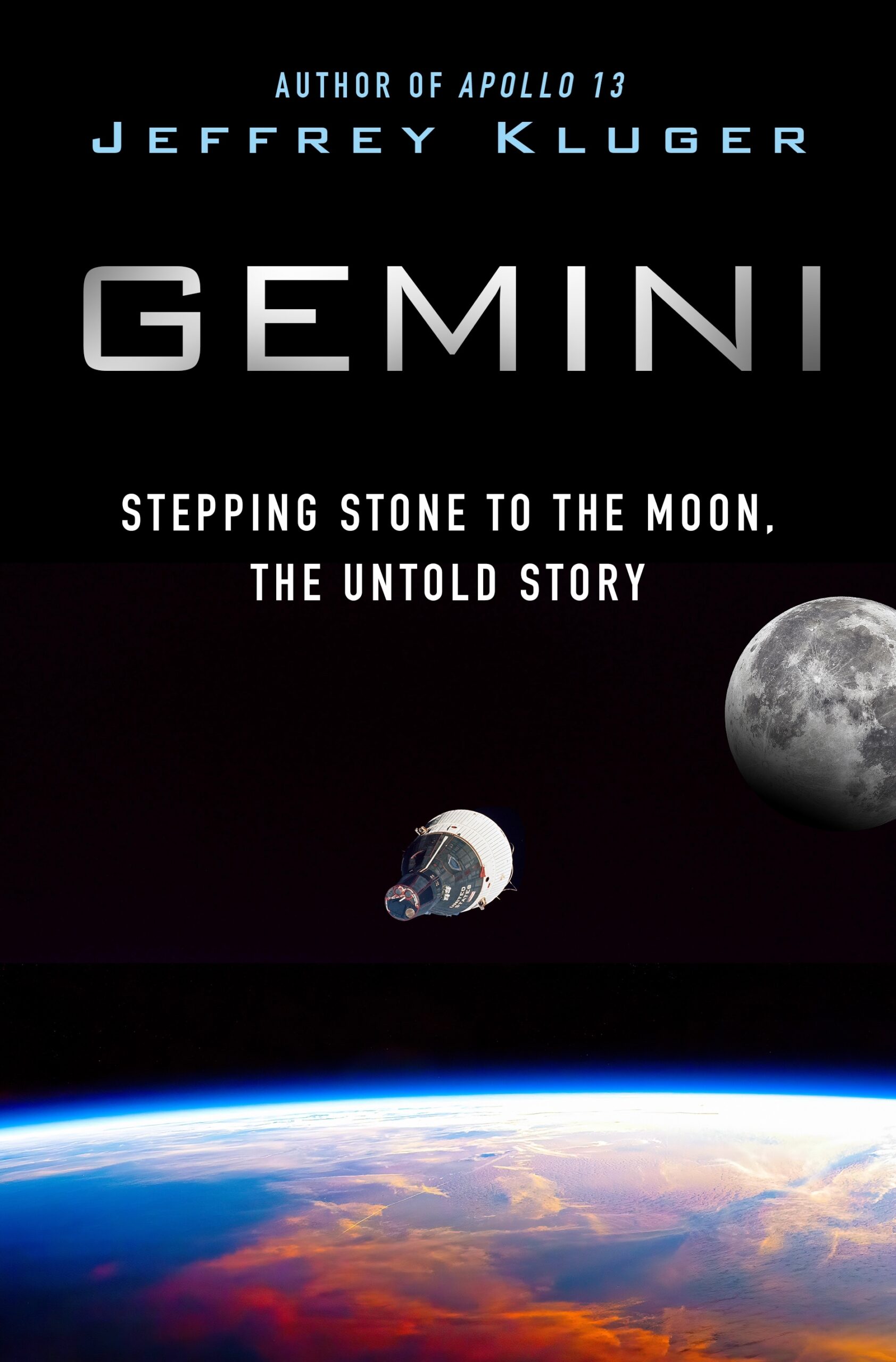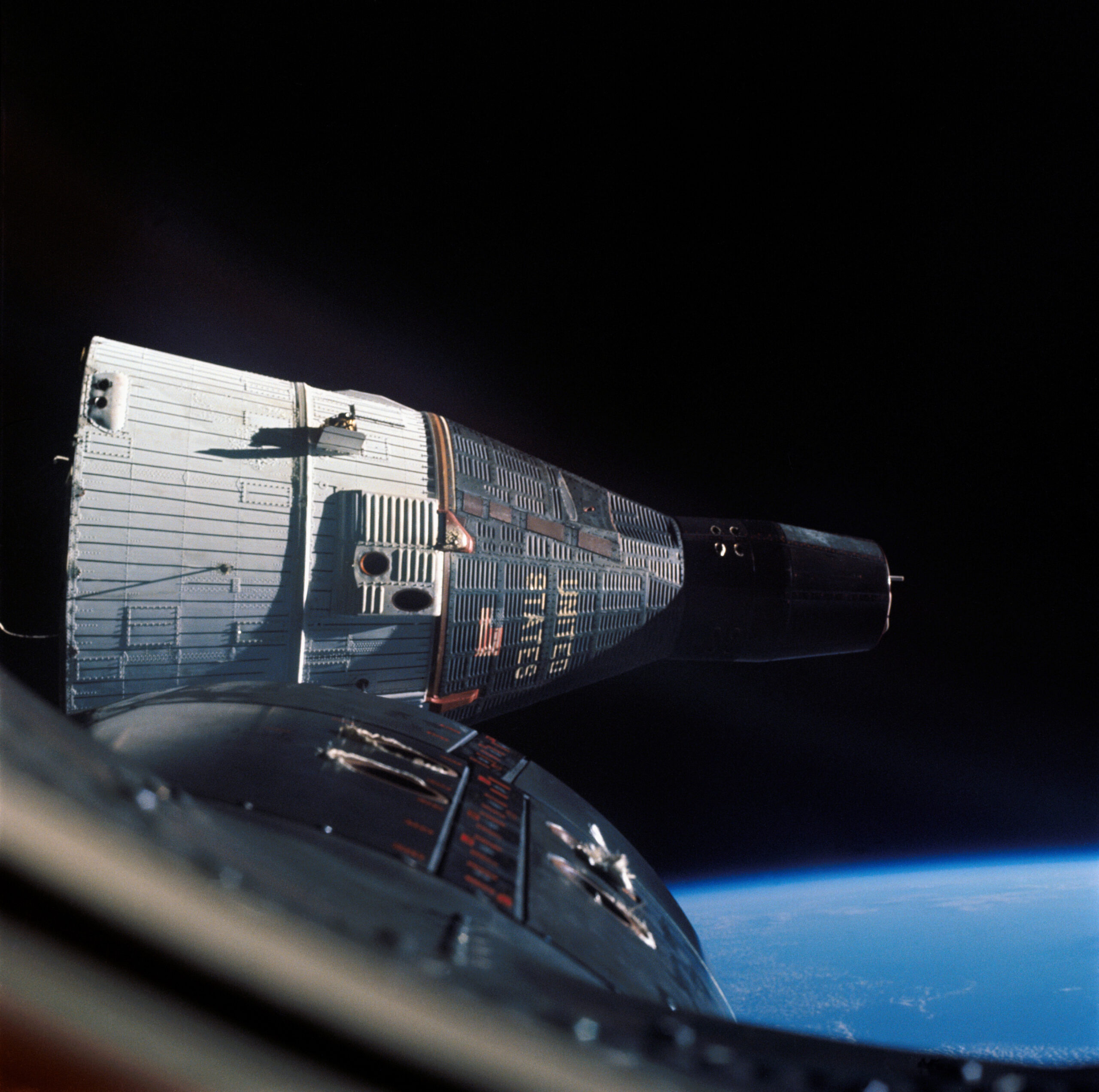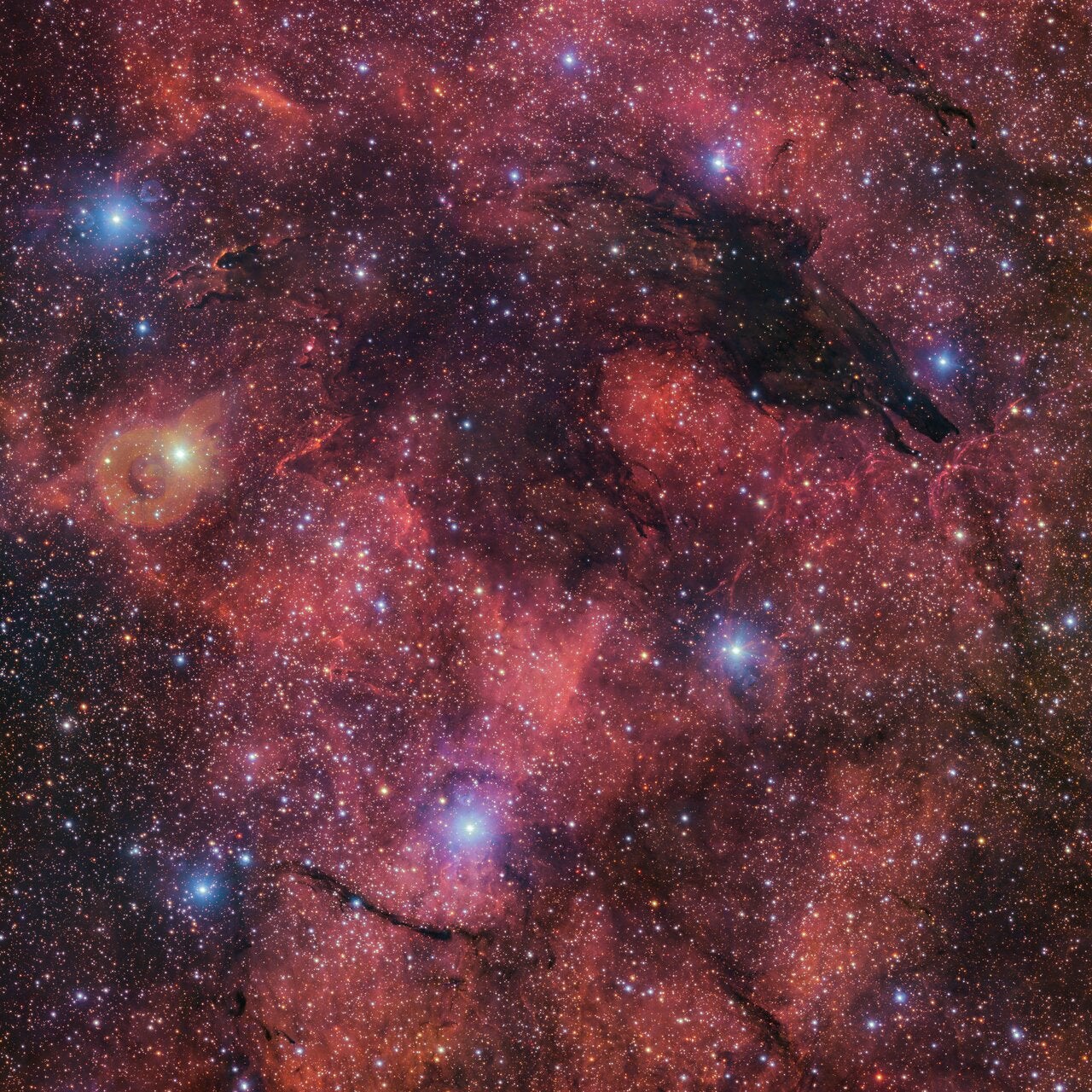
Credit: St. Martin’s Press
Key Takeaways:
- Project Gemini was a crucial stepping stone to the Apollo moon landings.
- Gemini astronauts pioneered spacewalking and spacecraft docking techniques.
- Gemini missions were incredibly risky, with astronauts facing life-threatening challenges.
- The Gemini program highlights remarkable achievements using limited technology.
Few authors have had as big an impact on space journalism as Jeffrey Kluger. His 1994 book Lost Moon, co-authored with Astronaut James Lovell, was the basis for the 1995 film Apollo 13, which starred Tom Hanks and was directed by Ron Howard. Other books by Kluger have focused on the flight of Apollo 8 and NASA’s unmanned probes to the outer solar system.
Doug Adler recently had a chance to sit down with Kluger to discuss his forthcoming book, Gemini: Stepping Stone to the Moon, The Untold Story (St. Martin’s Press).
Your books on Apollo 8 and 13 are practically required reading for those interested in the history of manned space flight. How did you become a space journalist?
Well, I became a space junkie, for starters. That was the first important step to becoming a space journalist. I fell for space on October 4, 1957. I was three and a half years old, and I remember standing on the front lawn of my house with one of my brothers and my parents looking for Sputnik. And I was absolutely gobsmacked by the idea that something as exotic as a spaceship could be flying over northwest Baltimore. My parents finally pointed to a commuter plane flying over and said, that’s it. That way they could get us back in the house because my brother and I would have stood there all night. I remained intrigued, fascinated by spaceflight throughout my entire childhood. I went to a space-themed summer camp, and we had a mock-up of a Gemini spacecraft mounted in a frame so it could roll, it could pitch. That was where I watched Apollo 11 land. I studied astronomy a little bit in college, but majored in political science, went to law school and realized after just a year of law school that I was going to finish, but I wanted to move up to New York and go into journalism. At the time, in 1979, there was this great Darwinian explosion of science magazines, Science 79, Discover, Omni, Scientific American, Science Digest. It was the perfect balance for me because it was science written about deeply and, one would hope, lyrically, but it didn’t require an actual science education. It just required an inquisitive mind. So, I slid into that silo and have been there ever since. I cover science broadly, but space is my true deep passion.
Most books about the space program to date have been about Mercury and Apollo. Why write a book on Gemini now?
I’ve always considered Gemini to be the middle child of the space program. It didn’t have the origin story of Mercury; the first American astronauts going into space. It didn’t have the questing feel of Apollo going to the Moon. People overlooked it. But Gemini was a brilliant and ambitious and dangerous and adventurous and fun program. We learned to rendezvous and dock. We learned to walk in space. We learned to fly long duration missions. We learned to work in space. All of these things that were needed to get to the Moon and to go further were developed in Gemini. Every time a SpaceX spacecraft flies up to the International Space Station, rendezvous and docks with it, they’re using lessons learned in Gemini. Every time an astronaut in a pressure suit goes outside to work on the ISS or on the Hubble [space telescope], they’re using lessons that we learned in Gemini. I just feel that it was an essential and too often overlooked program. It also gave us some of the Mount Rushmore figures of space exploration: Neil Armstrong, Buzz Aldrin, Jim Lovell, John Young, Pete Conrad, all of these extraordinary people.
Why do you think Gemini has been, to some extent, forgotten?
It is seen as more of a technical program, an interstitial program, one that was necessary, but not necessarily dramatic. It’s sort of like the Preakness in the Triple Crown. It’s not the first one, and it’s not the one where you learn if you really have a Triple Crown winner. It’s just the one in the middle that keeps the streak going.
How much of the book was based on research you did recently versus research you’d done over the years given how few Gemini astronauts survive to this day?
When I was writing Apollo 13, and to a much lesser extent, Apollo 8, a lot of the figures were still around, a lot of the principals, flight controllers, flight directors, certainly astronauts, NASA administrators. In 1991, 1992, when I was reporting Apollo 13, the mission had only been 22 years earlier. So, for this book, you’re right, there’s almost no flight directors left, there’s almost no flight controllers left, there are very few astronauts left, so I relied very heavily on legacy interviews I did over the years, things that I still had in my archives from Apollo and from my Apollo books. I relied on material that I got in the past at the LBJ Library, on news reports, Time and The New York Times were especially helpful. I relied on NASA technical documents, I relied on NASA’s oral histories, and I read a whole bunch, read or at least referred to a whole bunch of autobiographies of people who had been there or had put up astronauts in orbit. I relied heavily on those. So, it was much more of a documentary and library report than it was live interviews.

Credit: NASA
How do you feel about how Project Gemini was portrayed in the HBO miniseries From the Earth to the Moon and the film First Man, both of which mostly focused on the flight of Gemini 8 (where astronauts Neil Armstrong and Dave Scott found themselves in a life-threatening situation due to a stuck thruster on their spacecraft).
If they were going to focus on any mission, I think Gemini 8 was the right one because it was so harrowing, because it was such a close call, because it really spelled out what the stakes are in space travel. Even if you’re not a quarter of a million miles away at the Moon, instead, just 180 miles up in low-Earth orbit, it’s still perilous. I think that both From the Earth to the Moon and First Man did an extraordinary job of showing Gemini 8.
The difficulty encountered in spacewalks is a recurrent theme of the Gemini program. Astronauts Gene Cernan, Dick Gordon, and Mike Collins all struggled tremendously during their Gemini extravehicular activities (EVAs). What lessons did NASA learn from their experiences?
NASA learned, and they learned this especially on Gemini 10, 11, and 12: take it easy. Take it slowly. Take a lot of rests. Take a lot of breaths. Don’t give astronauts overly complex things to do (like operate the astronaut maneuvering unit that Gene Cernan was supposed to). They learned to take it slowly. They learned not to be overly ambitious. They learned to have a lot of rest periods. You know, there was one moment, I believe it was Gemini XI, when Dick Gordon had been outside and he was climbing back in and was halfway in the spacecraft, both he and [mission commander] Pete Conrad fell asleep. It was that quiet. It was that peaceful. Pete was in his seat. Dick was halfway out of the spacecraft and the ground had to wake them up. That is what you want. You don’t want to be sleeping through an EVA, but you want to be relaxed enough that you could fall asleep the way Dick Gordon and Pete Conrad did.
Gene Cernan commented that he feared for his life during his Gemini spacewalk.
With good reason. He was overheated. He had a terrifically healthy cardiovascular system. But if your heartbeat is going like a rabbit and you are transitioning between 200 degrees Fahrenheit and 200 below when you’re going from the sunlit side to the nighttime side of the Earth, even a fit 38-year-old astronaut is going to take a pounding with that. He similarly had to climb over a very jagged piece of metal at the end of the adapter section [of the Gemini spacecraft] that could have sliced his suit open. He could have collided with the Augmented Target Docking Adapter (ATDA), the adapted the mini Agena that they sent up [for them to dock with]. In his autobiography [Cernan] called it the spacewalk from hell. Before the mission, [Head of the Astronaut Office] Deke Slayton called Tom Stafford aside. Tom was, of course, the commander of the mission and said, “If he gets stranded out there, don’t be a hero and die with him. Cut him loose. Close the door and come home.” That’s his goal — to send two astronauts to space and bring two back. But if we can’t bring two, we’re going to bring one. Tom didn’t tell Gene until after the mission.
Flight Director Chris Kraft has received relatively little attention in many books about the U.S. space program. What are your thoughts on him and his role in Gemini?
I think he was a giant. Everybody rightfully pays more attention to Gene Kranz because he was the field general, he was the man in charge of the room for all of the Gemini missions and all of the Apollo missions. There were other flight controllers that he rotated with, but he was the greatest among equals. But Chris Kraft had an equivalent influence on the space program in a less visible way. First of all, he was a flight director also during Gemini. He was also the director of flight crew operations, which means that not only did he run the flights in the room, but he oversaw the program as a whole. He oversaw the development of the program. He oversaw the training of the astronauts. He oversaw the planning of the missions and what would be accomplished on each flight. So, he was both an institutional leader in the office and a field leader in the room during the missions. The duality of his role really makes him an influential and historic figure in the long arc of American space travel.
If you could have flown aboard any Gemini mission, which one would it have been and why?
That’s a great question! I would fly aboard Gemini 4 because to be either in Jim McDivitt’s seat or Ed White’s seat during the first spacewalk would have been absolutely thrilling. You know, Alexei Leonov had had a spacewalk, but no American had seen the world, had seen the Earth, had seen space from the perspective that Ed White did during that spacewalk. It would have been thrilling to be a part of it.

Credit: NASA
Most young people these days are not aware of Project Gemini at all. What aspects of the story do you think would be of most interest to them?
I think the stakes would be of most interest to them. I think the fact that not only were these men’s lives on the line, but the prestige of the U.S. around the world was on the line. The space race is looked at historically as fun, but low stakes. It wasn’t like a real war on the ground. People weren’t really living and dying. America was establishing its preeminence and the preeminence of the liberal, democratic, capitalist system and the Gemini program sustained that push through past Mercury and leading up to Apollo. I also think that the fact that so much extraordinary work was done using slide rules and pencils, it could be of real interest to young people because they can’t imagine being able to do the work that was done and fly the way they flew with the computers they had, with the analog systems they were dealing with. We can’t get astronauts on the Moon today. The American private sector has yet to land an uncrewed spacecraft upright on the Moon without it toppling. Sixty years ago, we were sending men out there, and just for the heck of it on Apollo’s 15, 16, and 17, we sent a car with them! The fact that all of that was done without an iPhone, without a computer, without an iPad is just astonishing to think about it.
Any last thoughts on Project Gemini you would like to share?
If this book were to have just one legacy, I would want it to be the enshrining of the 16 men who flew these missions in the national consciousness. They were exceptional men. They were good men. They were family men. They were brave men. They were talented men. My God, the skills they had. Too often people see them as interchangeable parts. So, this book could do only one thing, it would be that it would get those names into people’s minds and remind them of the men who paved the road to the Moon.

